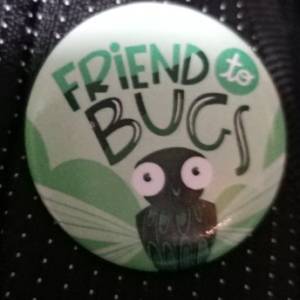Inspiration...
.can come from unexpected directions (and to be honest, the inspiration to this post came from a comment from a fellow blipper brianblip to one of my earlier posts). Who would have thought that the parasitic wasp could inspire state of the art 3D steering and volumetric exploration probes to use for biological sampling allowing the operator to minimize tissue damage and to bypass important structures such as blood vessels and nerves? The ovipositor is a long drill that looks like a flag-pole on the tail of the female wasp (and other insects) and is used to lay the eggs close to larvas of other insects that will then provide food for the wasp-larvae. This drill, especially that of wasps that need to drill through hard surface like wood, need to be sturdy and to be steerable towards the target without damaging the probe. It is a true masterpiece of evolutionary engineering, both in its drilling, steering and depositing mechanism, so many skills in such a small diameter probe. Several groups around the globe are studying the ovipositors in detail and making prototype probes and needles that we will soon be seeing in use in hospitals. Well, here you go, once again nature has provided a solution to a human problem.
- 26
- 2
- Canon EOS 70D
- 1/323
- f/3.5
- 105mm
- 100

Comments
Sign in or get an account to comment.


